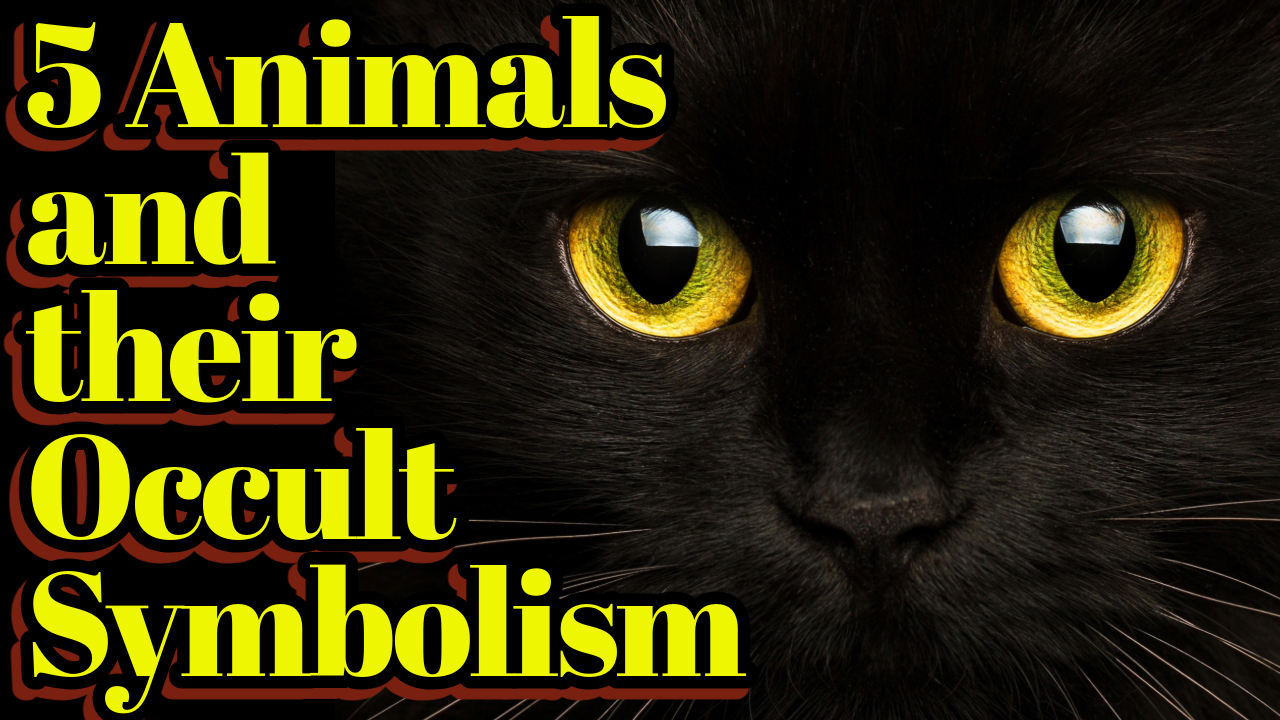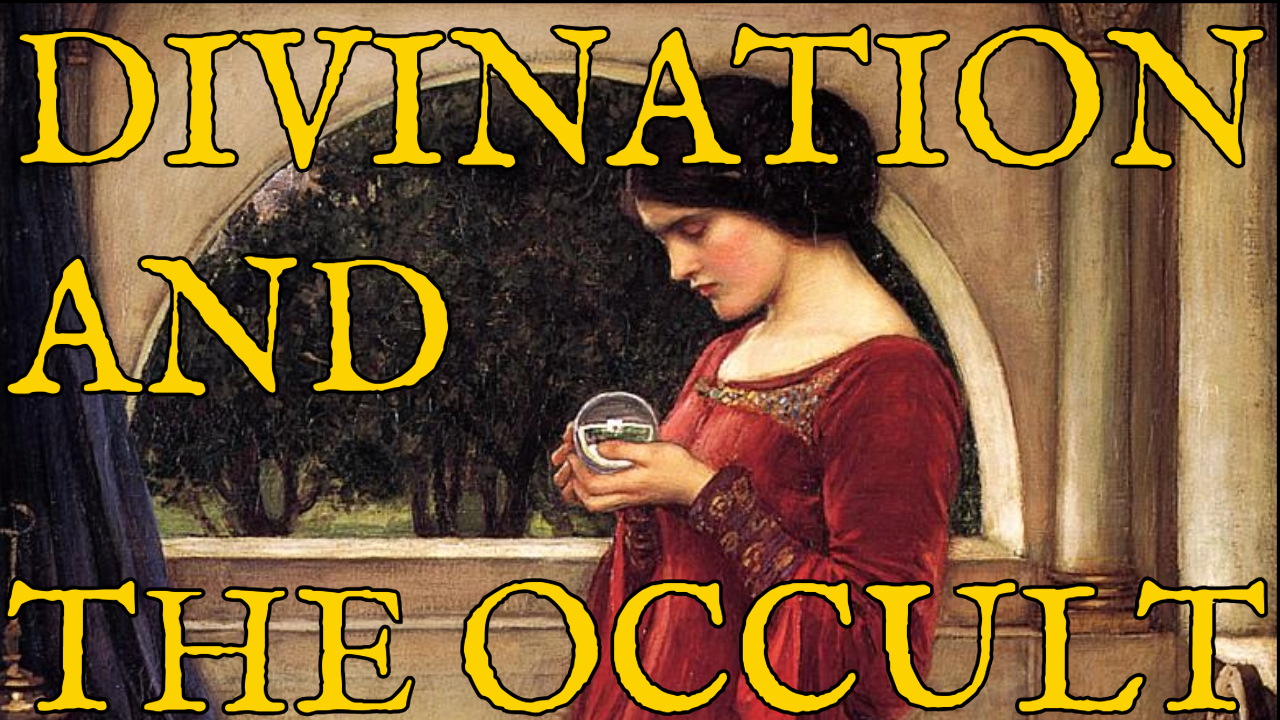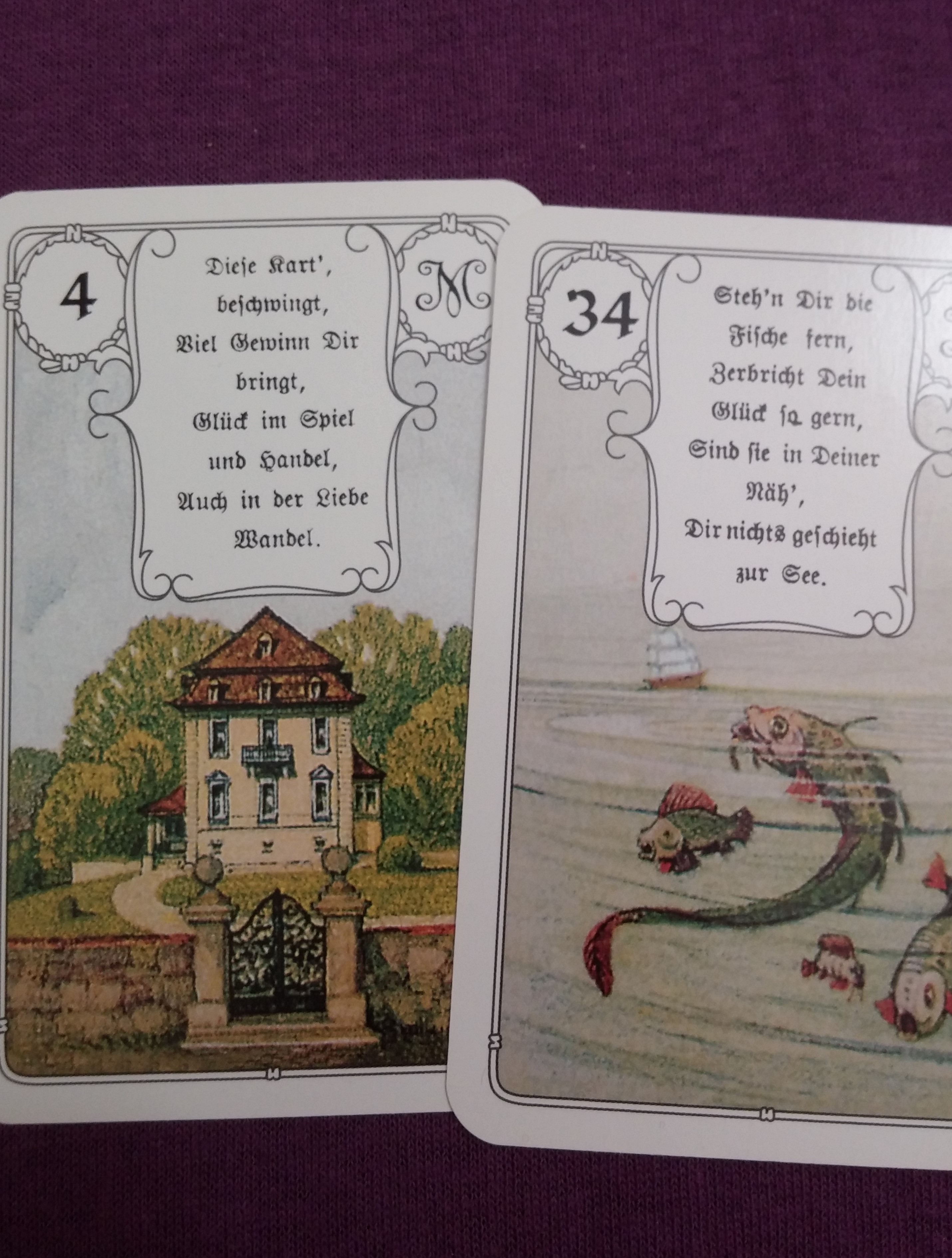
Throughout history, animals have been imbued with mystical significance, serving as symbols, messengers, and spiritual allies in the realms of the occult and esoteric practices. Their connection to the unseen world has inspired countless myths, legends, and magical traditions, weaving them into the fabric of human belief systems. From ancient grimoires to modern pop culture, the symbolic power of animals is undeniable.
In this exploration, we will delve into the occult connections of five everyday animals and uncover their esoteric meanings, tracing their appearances in literature, film, and spiritual traditions.
Number One: The black cat is perhaps the most iconic animal tied to the occult, its reputation steeped in mystery and superstition.
Black cats are known for being elusive, hiding in the shadows of dark alleys, moving with extreme precision, and being stealth hunters. These traits naturally connect them to what’s hidden, what’s unknown, what is secret and what is veiled.
In alchemy, the cat’s dark fur mirrors the darkness of the nigredo, where the impurities of the soul are confronted and released.
In tarot, we can see the black cat on the Queen of Wands, signifying the hidden and intuitive side of the Queen, but also implying that she has a more secretive and dark side to her.
At one time in history, black cats were revered and worshipped. They brought luck and were praised for killing venomous snakes, rodents and birds that damaged crops, and protecting the Pharaoh since at least the First Dynasty of Egypt. The Goddess Bastet was very closely associated with cats, bringing protection to anyone worshipping her.
It wasn’t until the Middle Ages that black cats were believed to be witches’ familiars, aiding their human counterparts in magical endeavors. Black cats were thought to be shapeshifters, moving between worlds unannounced and unseen.
During the witch trials in Europe and America, their association with the devil and witchcraft led to their persecution alongside accused witches. Too many innocent black cats lost their lives.
This symbolism endures today, with black cats often portrayed as either omens of bad luck or harbingers of supernatural events.
In Edgar Allan Poe’s short story “The Black Cat,” the animal serves as a chilling symbol of guilt and darkness, underscoring its association with the uncanny. Additionally, black cats have found their way into popular culture as magical companions, such as Salem in the television series Sabrina the Teenage Witch or Thackery Binx in the film Hocus Pocus. These portrayals continue to highlight their enduring connection to the occult.
Interesting fact – In cats, the gene for a black coat is dominant, which overrides the expression of the tabby gene, resulting in a black coat. This dominance means black is the most common coat color among cats, making black cats more prevalent than any other color. Also, due to genetic mutations, they seem to resist disease more than cats of other colors!
Number Two: Crows and ravens. Firstly, crows are the smaller of the two birds and groups of them are called “murders” – this was given to them in the middle ages for their association with scavenging on dead and decaying matter and with being found around battlefields, cemeteries, gallows and hospitals waiting for any kind of food source.
A group of ravens is called an “unkindness”, or sometimes “conspiracy” of ravens because they have an infamous history of being associated with bad omens, supersitions and other dark foretellings.
Crows and ravens, often conflated, or combined together, in symbolism, are revered for their intelligence and eerie presence. In Norse mythology, the god Odin is accompanied by two ravens, Huginn and Muninn, who represent thought and memory and serve as his eyes and ears across the world.
This connection to divine knowledge and prophecy is echoed in other traditions, where crows and ravens are viewed as psychopomps, or guiders of souls, escorting newly deceased souls to the afterlife. Their striking black feathers and keen intelligence make them natural symbols of mystery, transformation, and the unknown.
In literature, Edgar Allan Poe’s poem “The Raven” immortalizes the bird as a symbol of grief and unrelenting mystery, with its haunting refrain, “Nevermore,” resonating with themes of loss and the supernatural. Similarly, films such as The Crow (1994) emphasize the bird’s association with death and resurrection, reinforcing its esoteric significance.
In J.R.R. Tolkien’s The Lord of the Rings, ravens are also given a mystical role, specifically in their flight patterns. At one point, a group of ravens is seen flying against the wind, a phenomenon that serves as an omen and a signal of deeper forces at play. This imagery ties into the ancient belief that crows and ravens could defy natural order to deliver messages from the spiritual realm. In the context of Tolkien’s work, their deliberate flight against the wind symbolizes resistance, determination, and the breaking of ordinary rules, aligning with their archetypal role as messengers and harbingers in both literature and occult traditions.
Interesting fact: It is thought that Charles II was the first to insist there must be at least six Ravens at the Tower of London at all times, elsewise, the Monarchy would fall.
Number 3: Owls have long been linked to wisdom and the occult, their nocturnal nature and ability to see in the dark making them symbols of hidden knowledge. In ancient Greek mythology, the owl was sacred to Athena, the goddess of wisdom and strategy, and was often depicted alongside her. This association persists in modern depictions of the owl as a figure of insight and mystery. In the occult, owls are believed to be messengers between worlds, capable of perceiving truths hidden to others.
J.K. Rowling’s Harry Potter series leverages this symbolism, using owls as magical carriers of communication, further cementing their mystical reputation. Owls’ ghostly presence in the night sky and their eerie calls have also made them enduring figures in folklore, often viewed as omens of death or portents of significant change.
In ancient Roman folklore, owls were believed to foretell death if they hooted while perched on a rooftop. Additionally, placing an owl’s feather near a sleeping person was thought to compel them to speak and reveal secrets.
Interesting fact: In the western world the owl is associated with wisdom, but in Hinduism it is both auspicious and inauspicious. This is because the owl is the vehicle, or “vahana” of Laksmi, the Goddess of wealth and prosperity. There are some people in India that believe by taking away her “vehicle”, in other words, by sacrificing the owl in rituals, the Goddess will be unable to leave the home of that person and will have no choice but to bring them wealth and prosperity the entire year. Some also believe the owl to be Lakshmi’s sister Alaksmi, the Goddess of misery, poverty and strife. In either case, these animals should be held in high reverence, respected and left alone as symbols of wisdom, beauty and awe.
If you’d like more information on how you can help and donate to owls in India, check this link.
Number 4: The snake: The snake is another animal deeply entwined with esoteric practices, embodying duality and transformation and is used frequently in occult contexts. Its shedding of skin has long been interpreted as a symbol of renewal and rebirth, making it a powerful emblem in alchemy and spiritual transformation. It is seen in symbols like the Ouroboros, the snake that bites its own tail, symbolizing eternal cycles like life and death.
In Hinduism, the snake (or serpent) is associated with Kundalini energy, a coiled force that lies dormant at the base of the spine and, when awakened, leads to spiritual enlightenment. Snakes also appear in the Bible as both tempters and symbols of wisdom, as seen in the Garden of Eden story.
It is associated with healing and wisdom and linked to the ancient caduceus, a staff with two snakes, which represents balance, harmony, and the union of opposites.
His symbol is often associated with Hermes (or Mercury) in Hermetic traditions, signifying wisdom and the path to spiritual enlightenment but also representing commerce and negotiation.
In ancient Greek mythology, the snake is linked to Asclepius, the god of medicine and healing, who carries the rod of Asclepius – a classic symbol of medicine.
This duality—of wisdom and danger—makes the snake a complex and multifaceted symbol. Films like The Serpent and the Rainbow (1988) draw on the snake’s association with magic and transformation, while classic texts like Aleister Crowley’s writings often feature serpentine imagery to describe spiritual ascent.
In the Harry Potter series, Nagini is a snake that serves as a Horcrux for Voldemort. The word Nagini, is in fact, the name for a female member of the Naga, a class of semi-divine snakes in Indian religion and mythology.
Interesting fact: Despite being so intertwined with occult practices and used as a powerful symbol since the dawn of man, the fear of snakes (ophiophobia or herpetophobia – fear of reptiles) is one of the most common phobias worldwide. It’s averaged that 1/3 of all adult humans have a fear of snakes.
Number 5: The wolf occupies a prominent place in the esoteric imagination, embodying wildness, instinct, and transformation. In many shamanic traditions, wolves are seen as guides, teaching humans how to reconnect with their primal instincts and the natural world.
This connection is particularly strong in Native American spirituality, where the wolf is often regarded as a symbol of loyalty, protection, courage and wisdom. They were guardians and messengers of the forest as well as teachers and guides. Many tribes had wolf clans, such as the Ojibwe (Oh JIB way): The word for “wolf” in Ojibwe is “ma’iingan” (my-IN-gan ). The Ojibwe tribe, found in the Great Lakes region referred to the wolves as a brother or sister along with the viewpoint that whatever happened to the wolves happened to one of the Ojibwe tribe. Killing a wolf is likened to killing a brother or sister.
Wolves also feature prominently in Greek stories and in Norse, Scandinavian, Icelandic, Teutonic lore as shapeshifters, often linked to werewolves, blending human and animal nature in a single entity.
In Norse mythology, the wolf Fenrir was commanded by Odin to be bound with magical fetters, symbolizing the struggle between primal forces and divine order. This myth reflects the wolf’s association with raw power and the untamed aspects of nature.
This idea of transformation aligns with the wolf’s role in the occult as a totemic figure for personal growth and self-discovery. In literature, Jack London’s The Call of the Wild and its exploration of the untamed spirit mirrors this symbolism. Meanwhile, films like The Company of Wolves (1984) delve into the wolf’s connection to power and transformation, blending fairy tales with esoteric themes.
Interesting fact: Some Arctic wolves are thought to synchronize their howls with the Northern Lights (Aurora Borealis), letting their haunting calls blend with the celestial display in a phenomenon rarely witnessed by humans.
These five animals—the black cat, crow or raven, owl, snake, and wolf—serve as bridges between the natural and supernatural, their symbolism rooted in ancient traditions and perpetuated through modern culture. Their recurring appearances in stories, myths, and films reflect humanity’s enduring fascination with the mysteries they embody. By exploring their roles in the occult and esoteric practices, we gain a deeper understanding of their magical significance and the ways they continue to captivate our imaginations.
So what is your favorite occult animal on this list? Have you had a previous experience with it? We’d love to hear about it in the comments below and don’t forget to share this post!!!
Video version here:
5 Animals and their Occult Symbolism
Interesting sources, additional info, courses, images, credits, attributions and other points of views here:
Balancing and Healing the Chakras through Yoga https://www.udemy.com/course/balancing-and-healing-the-chakras-through-yoga/?referralCode=12C81A148616B419AA06
Mudras to Balance and Harmonize your Chakras and Energy Body https://www.udemy.com/course/mudras-to-balance-and-harmonize-your-energy-body/?referralCode=1A275C6E67E05E8C8130
Elemental Energy for Success and Well Being https://www.udemy.com/course/elemental-energy-for-success-and-well-being/?referralCode=A680413E03BEAD96E744
Book a Tarot reading here: https://www.suryaholistictarot.com/book-a-reading/
Check our soundtrack here:
https://lennyblandino.bandcamp.com/track/nivuru-synthetic-waves
Websites:
https://www.staciebronson.com/
Links and References:
https://www.catster.com/lifestyle/black-cat-facts/
https://en.wikipedia.org/wiki/Cats_in_ancient_Egypt
https://www.bbc.com/news/uk-england-london-48308322
https://www.birdzilla.com/learn/what-is-a-group-of-ravens-called/
https://birdfact.com/articles/what-is-a-group-of-crows-called
https://en.wikipedia.org/wiki/Psychopomp
https://en.wikipedia.org/wiki/Owl_of_Athena
https://michpics.wordpress.com/2008/11/07/the-snowy-owl-on-the-roof/
https://vedicfeed.com/alakshmi/
https://mythologyworldwide.com/the-symbolism-of-snakes-in-mythology-more-than-just-reptiles/
https://en.wikipedia.org/wiki/Kundalini_yoga
https://en.wikipedia.org/wiki/File:Serpentandtherainbow.png
https://en.wikipedia.org/wiki/Ophidiophobia#/media/File:The_Punishment_Of_Loki.jpg
https://www.factretriever.com/snake-facts
https://harrypotter.fandom.com/wiki/Horcrux
https://en.wikipedia.org/wiki/Nagini
https://occult-world.com/werewolves/
https://en.wikipedia.org/wiki/The_Call_of_the_Wild#/media/File:JackLondoncallwild.jpg
https://en.wikipedia.org/wiki/The_Company_of_Wolves#/media/File:Companyofwolvesposter.jpg
https://direwolfproject.com/dire-wolf/dire-wolf-mythology/
https://wildwisconsinwolves.omeka.net/natives
https://ojibwe.lib.umn.edu/main-entry/ma-iingan-na
https://parenting.firstcry.com/articles/20-fascinating-wolf-facts-for-kids/

